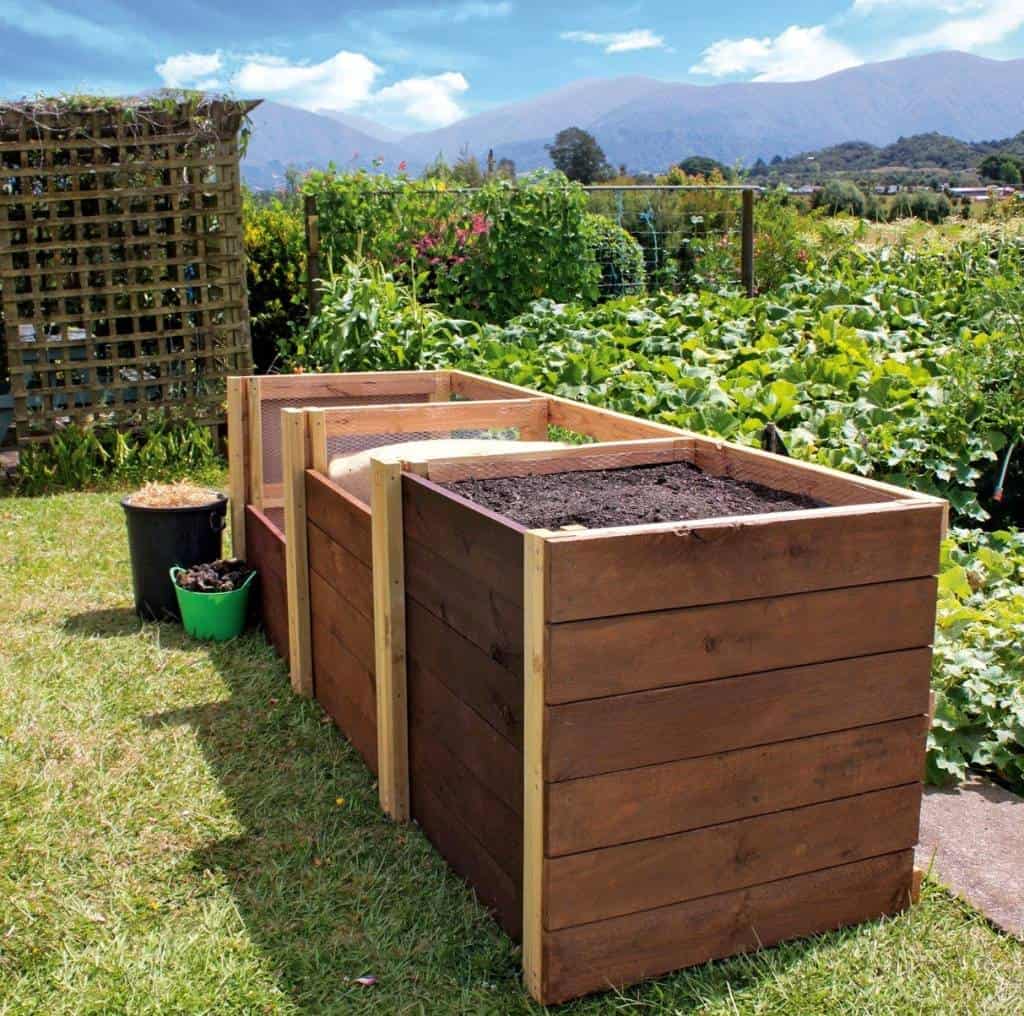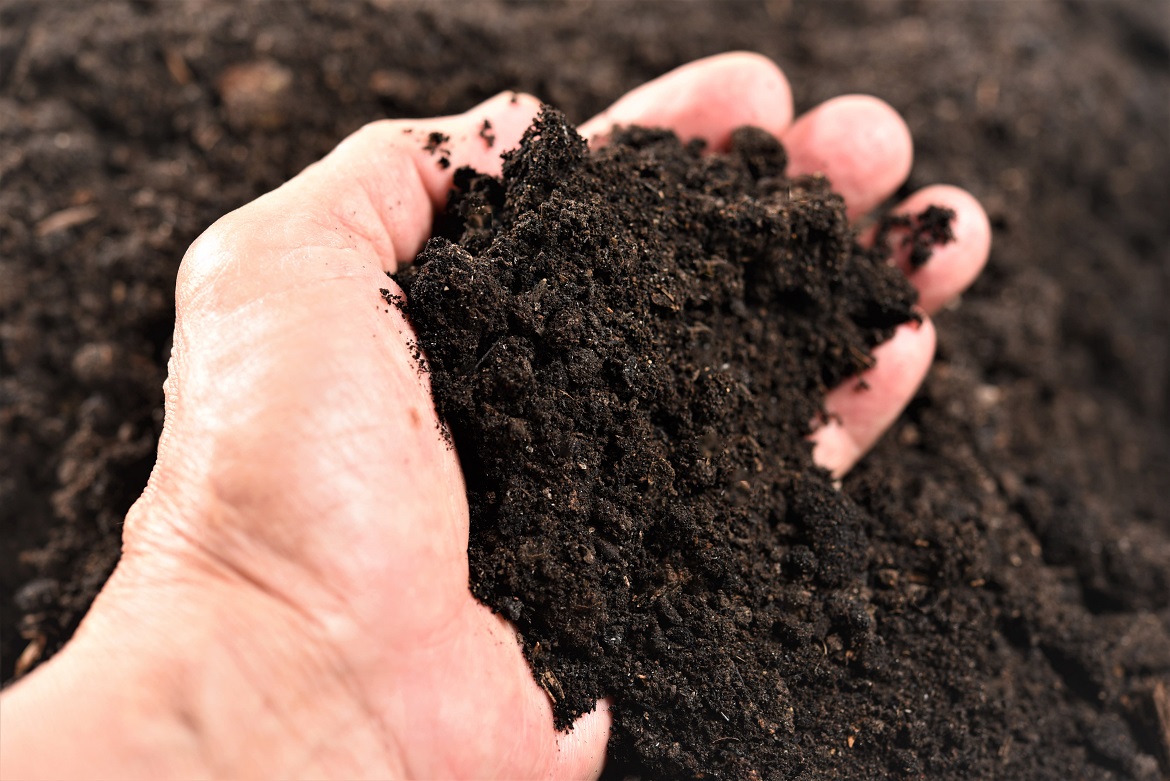Make Compost at Home: Beginner's Guide

Are you tired of seeing your garden waste go to waste? Do you dream of transforming your organic matter into a rich, nutritious soil amendment? Welcome to the world of composting! Imagine turning your kitchen scraps and garden clippings into black gold that will nourish your plants and reduce your environmental footprint. Let's dive into the fascinating process of how to make compost at home for beginners.
What is Composting?
Composting is nature's way of recycling. It's the process of breaking down organic matter, such as food scraps and yard waste, into a nutrient-rich soil amendment called compost. Think of it as a magical transformation where your banana peels and coffee grounds become the lifeblood of your garden.
Why Should You Compost?
Composting offers a multitude of benefits. It reduces waste sent to landfills, enriches your soil, and even helps combat climate change by reducing methane emissions. Plus, it's a fantastic way to save money on fertilizers and soil conditioners. So, why not give it a try?
Getting Started: What You Need
Before you dive into composting, you'll need a few essentials:
- Compost Bin: This can be as simple as a designated area in your yard or a fancy tumbler bin. The choice is yours!
- Organic Matter: This includes both green materials (like fruit and vegetable scraps, grass clippings) and brown materials (like dead leaves, twigs, and newspaper).
The Science Behind Composting
Composting is a bit like baking a cake. You need the right ingredients in the right proportions. The key players in your compost pile are:
- Carbon (Brown Materials): Think of this as the flour in your cake. It provides energy for the microorganisms.
- Nitrogen (Green Materials): This is like the sugar. It helps the microorganisms grow and multiply.
- Oxygen: This is the yeast that makes your cake rise. It's essential for the composting process.
- Water: This is the liquid that binds everything together.

Building Your Compost Pile
Now that you have your ingredients, it's time to build your compost pile. Follow these steps:
- Choose a Location: Find a dry, shady spot near a water source for your compost pile or bin.
- Layer Your Materials: Start with a layer of brown materials, then add green materials, and top it off with a thin layer of soil. Repeat this process until your bin is full.
- Add Water: Sprinkle water over your pile as you build it. It should be as moist as a wrung-out sponge.
- Turn Your Pile: Every few weeks, turn your pile with a pitchfork to aerate it. This helps distribute oxygen and speeds up the composting process.
Maintaining Your Compost Pile
Your compost pile is a living, breathing ecosystem. Here's how to keep it healthy:
- Balance Your Ingredients: Aim for a carbon to nitrogen ratio of about 30:1. Too much nitrogen can make your pile smelly, while too much carbon can slow down the composting process.
- Monitor Moisture: Your pile should be moist but not soggy. If it's too dry, add water. If it's too wet, add more brown materials.
- Check the Temperature: A healthy compost pile will heat up as the microorganisms do their work. The center of your pile should be warm to the touch.
Common Composting Problems and Solutions
Composting isn't always smooth sailing. Here are some common issues and how to fix them:
- Pile is Too Wet: Add more brown materials and turn your pile to increase aeration.
- Pile is Too Dry: Add water and turn your pile.
- Pile Smells: This usually means there's too much nitrogen. Add more brown materials and turn your pile.
- Pile Isn't Heating Up: This could mean your pile is too small, too dry, or lacking in nitrogen. Add more green materials, water, and turn your pile.

Harvesting Your Compost
After a few months, your compost should be ready to harvest. It will be dark, crumbly, and smell like earth. Here's how to harvest it:
- Stop Adding Materials: A few weeks before you plan to harvest, stop adding new materials to your pile.
- Screen Your Compost: Use a compost screen or a piece of hardware cloth to sift out any large, uncomposted materials.
- Use Your Compost: Spread your finished compost around your plants, mix it into your soil, or use it as a top dressing.
Conclusion
Congratulations! You've just learned how to make compost at home for beginners. Composting is a rewarding journey that turns your waste into a valuable resource. It's a win for your garden and a win for the planet. So, what are you waiting for? Start your composting adventure today!
Remember, every expert was once a beginner. Don't be afraid to make mistakes and learn as you go. Your plants and the planet will thank you. Happy composting!
FAQs
-
What Shouldn't I Compost? Avoid composting meat, dairy, diseased plants, and pet waste. These can attract pests and spread diseases.
-
Can I Compost in the Winter? Yes! While the composting process slows down in cold weather, it doesn't stop completely. You can continue to add materials to your pile throughout the winter.
-
How Do I Know When My Compost is Ready? Your compost is ready when it's dark, crumbly, and smells like earth. It should look and feel like rich, fertile soil.
-
What If I Don't Have a Yard? You can still compost! Consider vermicomposting, which uses worms to break down organic matter. It's a great option for apartment dwellers.
-
Can I Add Weeds to My Compost Pile? It's best to avoid adding weeds, especially those with mature seeds. Some weeds can survive the composting process and end up sprouting in your garden.
For more information on composting, check out these resources:
0 Response to "Make Compost at Home: Beginner's Guide"
Post a Comment